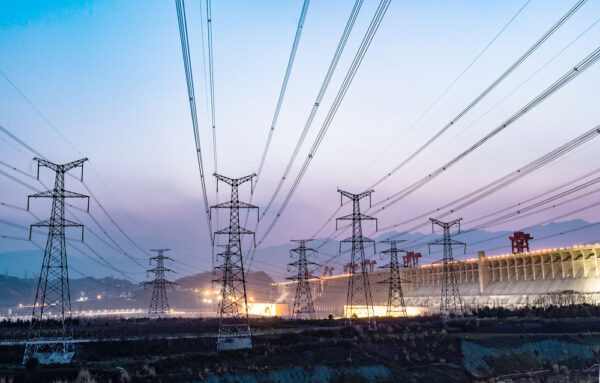On October 21, 2025 at its Energy Delusions briefing series, the National Center for Energy Analytics released a critique of the International Energy Agency’s (IEA) Global Critical Minerals Outlook 2025, authored by Clareo’s Peter Bryant and Satish Rao.
The report identifies critical blind spots in the IEA’s analysis and outlines a set of policy recommendations to avert an oncoming “minerals famine,” a systemic shortage of essential materials underpinning global energy expansion.
According to the NCEA report, the IEA’s forecast fails to account for several key realities shaping the future of global mineral supply:
- China’s Market-Shaping Dominance
The IEA report neglects to sufficiently identify and analyze the market-shaping activities by countries such as China, which undermine Western investment and operations. This is a massive supply-chain security issue that affects nearly every mineral at different stages of the value chain. The U.S. and other nations remain vulnerable to supply shocks and shortages if they are unable to deploy the tools and create investment conditions to compete with China’s market dominance. - Erosion of the Mining Industry’s Social License to Operate
The agency does not adequately address the mining industry’s struggle to secure and maintain a “social license to operate” (SLO). SLO issues delay or undermine industry attempts to increase the supply of critical minerals. They also lead to broken trust with resource-rich communities and a lack of shared purpose around minerals projects, ultimately undermining prosperity for all stakeholders. - Declining Ore Grades and a Lack of Mining Innovation
The IEA report neglects to adequately account for ore grade decline and the lack of innovation in critical areas, such as tailings (waste), water, and mining energy usage. Innovation is desperately needed to address these challenges and requires a multi-sector approach. - Supply Deficits and Systemic Risk
The IEA does not fully explore the implications of projected minerals deficits. While the agency’s report projects a 30% shortfall in copper supply, the global energy and industrial market disruptions that would occur as a result are insufficiently unpacked. Further, the implications of lithium, nickel, and rare earth shortages are also ignored, despite the serious consequences.
The report also warns that the world is entering an era of energy expansion, not an energy transition. Electrification, artificial intelligence, and alternative energy technologies will require far more mineral inputs than current systems can supply. Without a coordinated mineral policy response, the United States and its allies face a minerals famine, which may stall alternative energy goals, strain global trade, and compromise national security.
To avoid this supply crisis, the NCEA report proposes four key actions for Congress and the Trump administration to adopt:
- Create an integrated minerals policy model
Establish a data-driven framework to assess U.S. vulnerabilities on a commodity-by-commodity basis and guide investment and trade decisions accordingly. - Establish an interagency framework to advise on triggers for intervention
Coordinate responses to supply disruptions across federal agencies, ensuring early warning and clear triggers for policy action. - Create a coordinating mechanism for critical minerals
Consolidate fragmented federal efforts, currently spread across more than 17 agencies, under a unified minerals authority with joint public-private oversight. - Launch a mining innovation initiative
Invest in next-generation mining technologies, including AI-enabled exploration, water- and energy-efficient refining, and tailings reduction, to restore U.S. competitiveness and out-innovate China.
The report, “Energy Delusions: Critical Minerals Forecasts,” is authored by Peter Bryant, advisory board member at NCEA and board chair of Clareo, and Satish Rao, managing director at Clareo.





